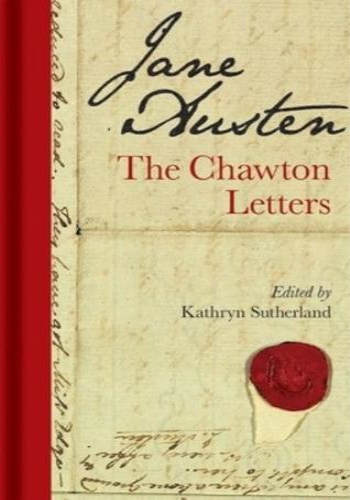In their celebration of 'little matters' - the regular round of visiting, dining out, drinking tea, of reading and walking to the shops and sending to the post - Jane Austen's letters and novels have many similarities. The thirteen letters collected by Jane Austen's House Museum, in Chawton, Hampshire and reproduced in this book give us intimate glimpses into her life in Bath and Chawton and on visits to London, many of their details finding echoes in her fiction. 'Jane Austen: The Chawton Letters' traces a lively story beginning in 1801, when, aged twenty-five, Jane Austen left Steventon in Hampshire to move to Bath. Later letters relish the shops, theatres and sights of London, but are interspersed from 1809 with the quieter routines of village life in Chawton, Hampshire, which was to be her home for the remainder of her short life. We learn here of her anxieties for the reception of Pride and Prejudice, her care in planning Mansfield Park and the hilarious negotiations over the publication of Emma. These letters, each accompanied by reproductions from the original manuscripts in Jane Austen's hand, testify to Jane's deep emotional bond with her sister: the most moving letter of all is that written by Cassandra only days after Jane's death in Winchester in July 1817. Brought together in this little book, these artefacts make a delightful modern-day keepsake of correspondence from one of the world's best-loved writers.







